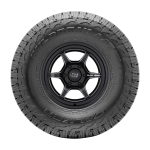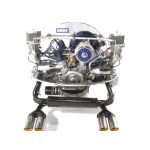Introduction to Tires
The Importance of Choosing the Right Tire
Tires are one of the most critical components of a vehicle. They are the direct contact between your vehicle and the road, significantly affecting safety, handling, fuel efficiency, and ride comfort. Selecting the right type of tire for your driving needs is essential not only for performance but also for your safety. With various options available on the market, understanding the different types of tire and their specific purposes is crucial for informed decision-making.
Different Driving Conditions and Their Impact
Driving conditions vary significantly depending on factors such as location, climate, and personal driving habits. For instance, if you live in an area with heavy rain, you may need tires designed for wet traction. Conversely, those who frequently drive in snowy or icy conditions should consider winter tires tailored for cold weather performance. Understanding how your typical driving conditions influence tire performance can guide your choice.
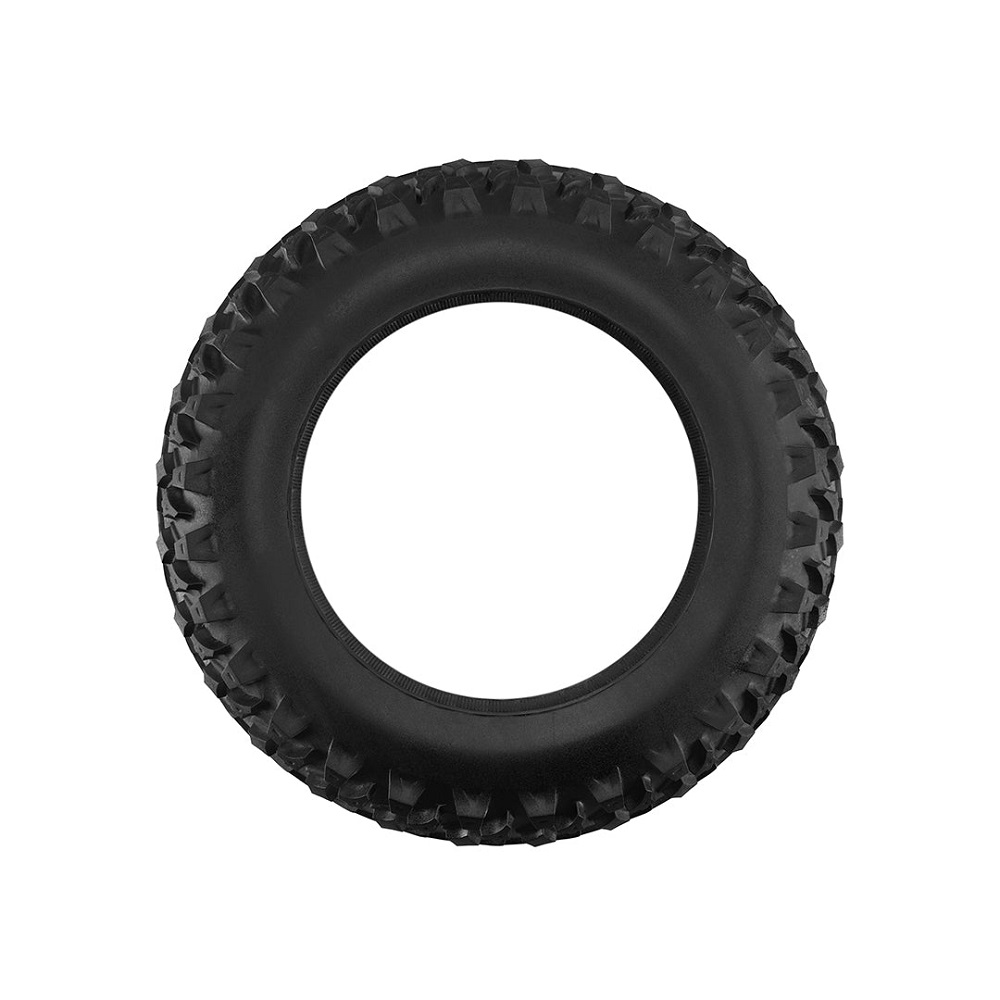
Overview of Tire Types
There are several categories of tires available, each designed for specific uses and conditions. Some of the most common types include all-season tires, winter tires, performance tires, and off-road tires. Each of these categories has unique features that align with different driving needs. In this article, we will explore each type, discussing their characteristics, benefits, and ideal applications.
All-Season Tires
Defining All-Season Tires
All-season tires are designed to perform well in a variety of conditions, including dry roads, wet surfaces, and light snow. They are the go-to choice for many drivers who want versatility without having to switch tires with the seasons. The tread patterns of all-season tires typically feature grooves and sipes that enhance traction in different weather. This versatility makes them a popular choice for daily commuters and city drivers.
Benefits of All-Season Tires
One of the most significant benefits of all-season tires is their convenience. With one set of tires that can be used year-round, drivers save money on changing and storing tires seasonally. Furthermore, all-season tires tend to last longer due to their design, providing a good balance between wear and traction in various conditions. They also deliver a quieter ride compared to other tire types, contributing to overall driving comfort.
Limitations of All-Season Tires
While all-season tires are versatile, they do have limitations. In extreme weather conditions, such as heavy snow or ice, all-season tires may not perform as effectively as dedicated winter tires. Their ability to grip slippery surfaces can diminish, potentially leading to safety concerns. Additionally, when high-performance summer driving is required, all-season tires may lack the responsiveness and cornering abilities provided by specialized tires. Being aware of these limitations will help you determine when all-season tires are the right choice.
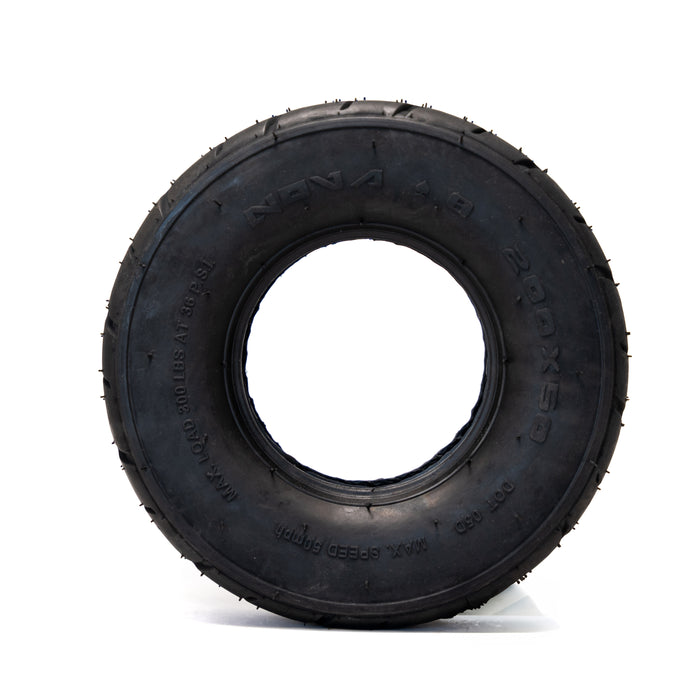
Winter Tires
Understanding Winter Tires
Winter tires are specifically designed for cold weather conditions, providing superior traction on snow and ice. They feature a unique rubber compound that remains flexible in low temperatures, ensuring better grip. Additionally, winter tires often have deeper tread patterns and more aggressive designs, which help channel snow and ice away from the contact patch, enhancing performance in wintery conditions.
The Benefits of Winter Tires
The advantages of winter tires are evident for those who drive in harsh winter conditions. They drastically improve traction, stability, and control, making it safer to navigate snowy and icy roads. Many drivers report noticeable differences when switching from all-season to winter tires, particularly during winter storms. Additionally, winter tires can reduce the likelihood of accidents and provide extra peace of mind when driving through severe weather.
When to Use Winter Tires
Winter tires should be used when temperatures consistently drop below 45°F (7°C). In many regions, this means putting them on in late fall and removing them in early spring. It is essential to monitor weather forecasts and road conditions, as the benefits of winter tires diminish once temperatures rise again. Understanding the seasonality of these tires will ensure optimal performance and safety for winter driving.
Performance Tires
What Are Performance Tires?
Performance tires are engineered for enhanced handling, responsiveness, and speed, making them ideal for sports cars and high-performance vehicles. They typically feature a wider contact patch and specialized tread patterns designed for superior traction during aggressive driving. These tires are often constructed with softer rubber compounds, allowing for improved grip on dry surfaces.
Advantages of Performance Tires
One of the main benefits of performance tires is their ability to provide excellent control and responsiveness during sharp turns and rapid acceleration. Drivers of sports cars and those who enjoy spirited driving will appreciate the enhanced handling characteristics. Furthermore, performance tires often reduce braking distances on dry roads, which can be advantageous in high-speed situations. The experience of driving on performance tires can significantly enhance the overall enjoyment of driving.
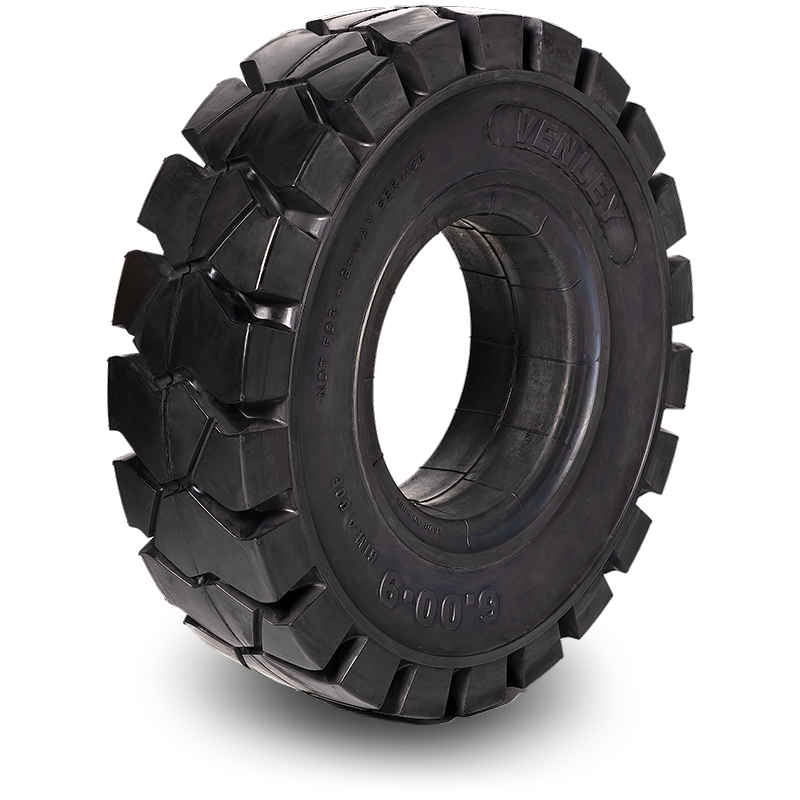
Considerations for Performance Tires
While performance tires provide excellent handling, they are not as versatile as all-season or winter tires. Their softer rubber compound typically wears out faster, especially in harsher conditions. Additionally, performance tires may not perform well in wet or snowy conditions due to their design. Therefore, it is essential to consider your driving habits and conditions before investing in performance tires.
Off-Road Tires
Defining Off-Road Tires
Off-road tires are specifically designed for vehicles that frequently navigate rugged terrain, including mud, rocks, sand, and snow. These tires feature aggressive tread patterns that provide superior traction on uneven surfaces. The construction of off-road tires is often more robust, built to withstand punctures and abrasions commonly encountered in off-road conditions.
Benefits of Off-Road Tires
The primary advantage of off-road tires is their ability to handle challenging terrains. They provide excellent grip and stability, making it easier for vehicles to traverse obstacles in off-road environments. Additionally, off-road tires often have reinforced sidewalls, which enhance durability and resistance to damage. These features make them indispensable for outdoor enthusiasts, adventurers, and those who require their vehicles to perform in adverse conditions.
Knowing When to Use Off-Road Tires
Off-road tires should be used when venturing onto unpaved surfaces, such as trails, muddy paths, or rocky landscapes. They are not suitable for everyday road use. When used on paved roads, off-road tires can create excess noise and reduced handling performance. It’s crucial to evaluate your driving needs to determine whether off-road tires are suitable for your vehicle, especially if you regularly encounter varied terrain.
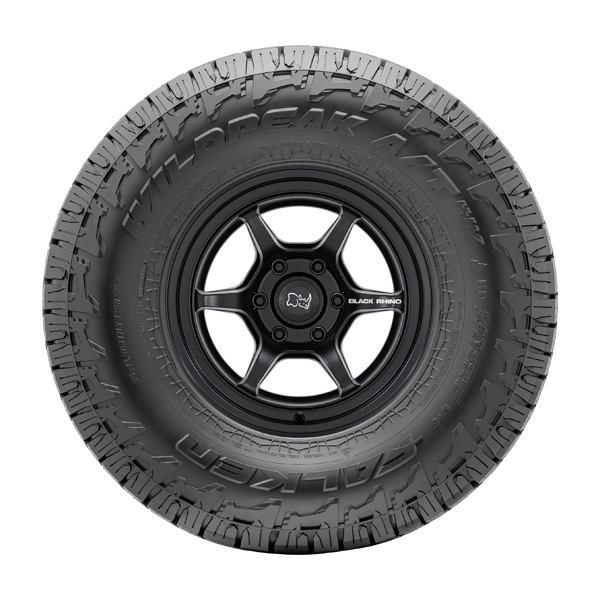
Tire Maintenance and Care
Regular Inspections
To ensure the performance and safety of your tires, regular inspections are necessary. Checking for signs of wear, such as uneven tread wear, cracks, or bulges, can help prevent blowouts and other issues. Additionally, it’s vital to monitor tire pressure regularly. Overinflation or underinflation can compromise handling and fuel efficiency.
Proper Rotation and Alignment
Tire rotation is another critical aspect of maintenance. Rotating your tires ensures even wear, prolonging their lifespan. Most experts recommend rotating tires every 5,000 to 7,500 miles, but check your vehicle owner’s manual for specific guidelines. Additionally, ensuring proper wheel alignment can improve tire wear and vehicle handling. If you notice your vehicle pulling to one side or excessive vibrations, it may be time to check your alignment.
Maintaining Proper Pressure
Maintaining the proper tire pressure is essential for optimal performance. Under-inflated tires can lead to reduced fuel efficiency and compromised handling, while over-inflated tires may cause uneven wear and increase the risk of blowouts. Utilize a pressure gauge to regularly check tire pressure, especially before long trips. Keeping tires inflated to the manufacturer’s recommended specifications significantly affects vehicle performance and safety.
Making the Right Tire Selection
Assessing Your Driving Style
When selecting tires, it’s essential to assess your driving style and needs. Are you primarily an urban commuter, or do you often venture off the beaten path? Understanding your typical driving conditions will inform your choice of tires. Knowing whether you prioritize comfort, speed, or ruggedness can also help narrow down options among the various tire types available.
Evaluating Climate and Terrain
Consider the climate and terrain conditions in your area. For instance, if you live in a region with heavy snow and ice, investing in quality winter tires would be wise. Alternatively, if you mainly encounter dry roads, all-season or performance tires may be more suitable. Evaluating environmental factors will ensure you choose tires that provide the best performance and safety for your specific needs.
Budgeting for Your Tires
Tire prices vary significantly depending on brand, type, and overall quality. Establishing a budget will help you narrow down your options. While it may be tempting to go for cheaper options, investing in high-quality tires that provide safety, durability, and performance will ultimately save you money in the long run. Weighing the cost against the expected lifespan and performance will lead to a better overall decision.
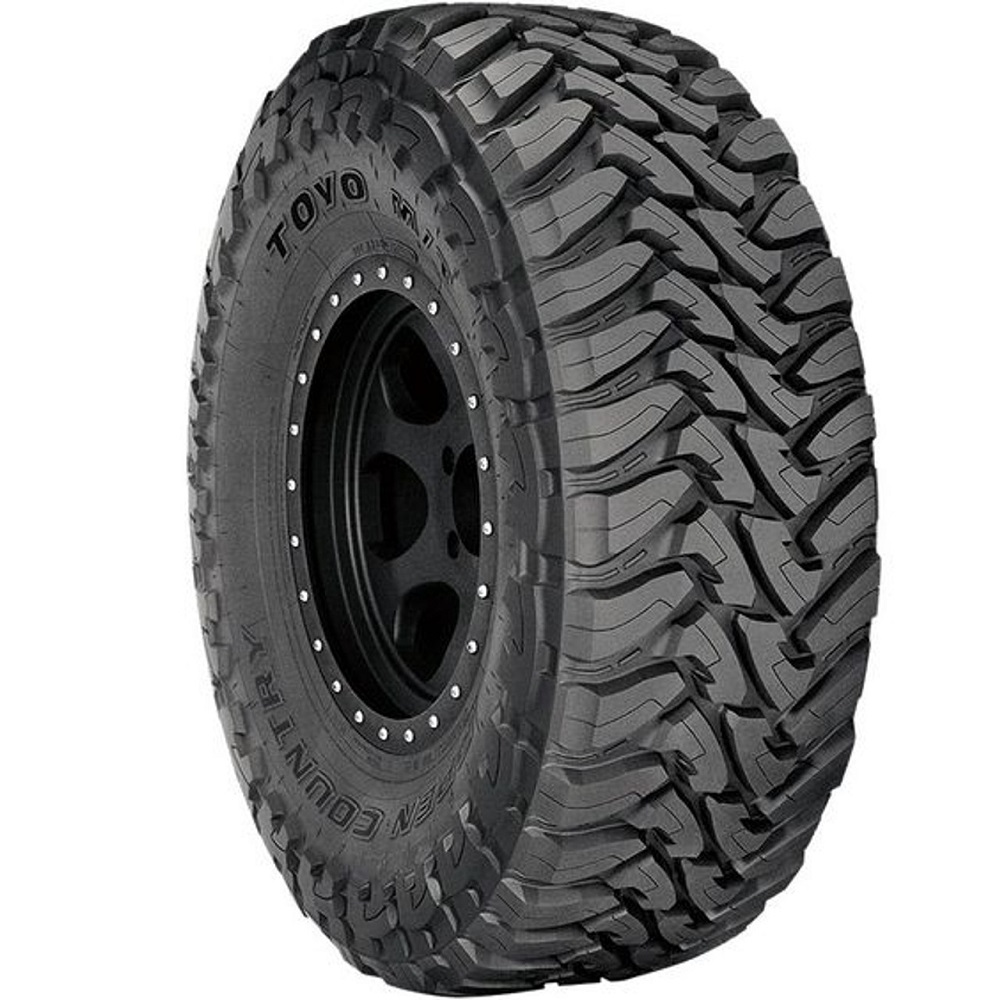
Understanding Tire Specifications
Reading Tire Labels
Understanding tire specifications is crucial for making informed choices. The characters on a tire label offer vital information about size, type, and performance characteristics. For instance, a common tire label might read “P215/65R15.” This indicates that the tire is designed for passenger vehicles (P), has a width of 215 millimeters, an aspect ratio of 65%, and fits 15-inch rims. Being familiar with these codes helps ensure you choose the right tires for your vehicle’s needs.
Considering Load Index and Speed Rating
Tire labels also contain load index and speed ratings. The load index indicates the maximum weight a tire can support, while the speed rating indicates the maximum speed it can handle safely. It is essential to select tires that are appropriate for both your vehicle’s specifications and your driving style. Always consult your vehicle’s owner manual to find the manufacturer’s recommendations regarding load capacity and speed ratings.
Balancing Performance and Specifications
While performance is crucial, it is also important to balance it with the specifications that suit your vehicle. High-performance tires may not always suit every vehicle; ensuring compatibility with your car’s requirements can prevent complications down the line. Evaluating the specifications of the types of tire against your needs and expectations creates a more fulfilling ownership experience.
Conclusion: Selecting the Right Tire for Your Needs
Importance of Informed Decisions
In conclusion, selecting the right types of tire is crucial for optimizing your vehicle’s performance and safety. By understanding the various types of tire available— including all-season, winter, performance, and off-road tires— you can make informed decisions that align with your driving habits and conditions. Prioritizing the right features, such as support, traction, and durability, will lead to long-term satisfaction.
Focusing on Maintenance and Care
Regular maintenance and care will ensure that your tires, even when dealing with types of tire sidewall damage, serve you well throughout their intended lifespan. Sidewall damage, such as cuts, bulges, punctures, or cracking, can compromise tire safety and performance, making regular inspections critically important. Additionally, paying close attention to tire rotations and proper inflation helps extend the life of your tires and mitigate risks associated with sidewall damage. By addressing wear and damage proactively and investing time and effort into tire maintenance, you can enjoy a smoother and more reliable driving experience while ensuring maximum safety on the road.
Embracing Tire Technology Advances
As technology continues to advance, staying informed about new types of tire developments is important. Innovations in materials, designs, and performance characteristics are progressively shaping the tire industry. As you explore options for your next tire purchase, remain open to emerging trends and how they can enhance your driving experience. Ultimately, selecting the right tire is an investment that contributes significantly to the overall safety and enjoyment of your time on the road.




